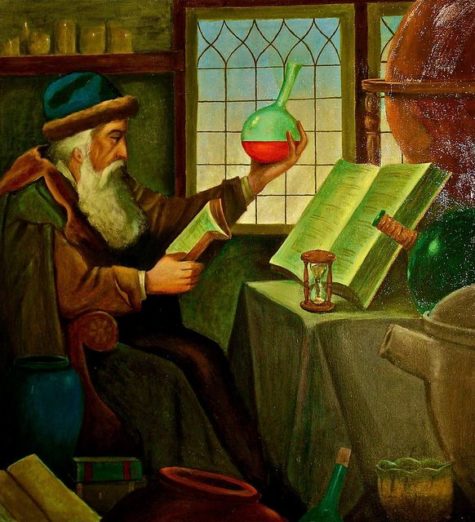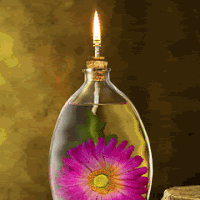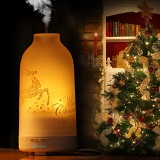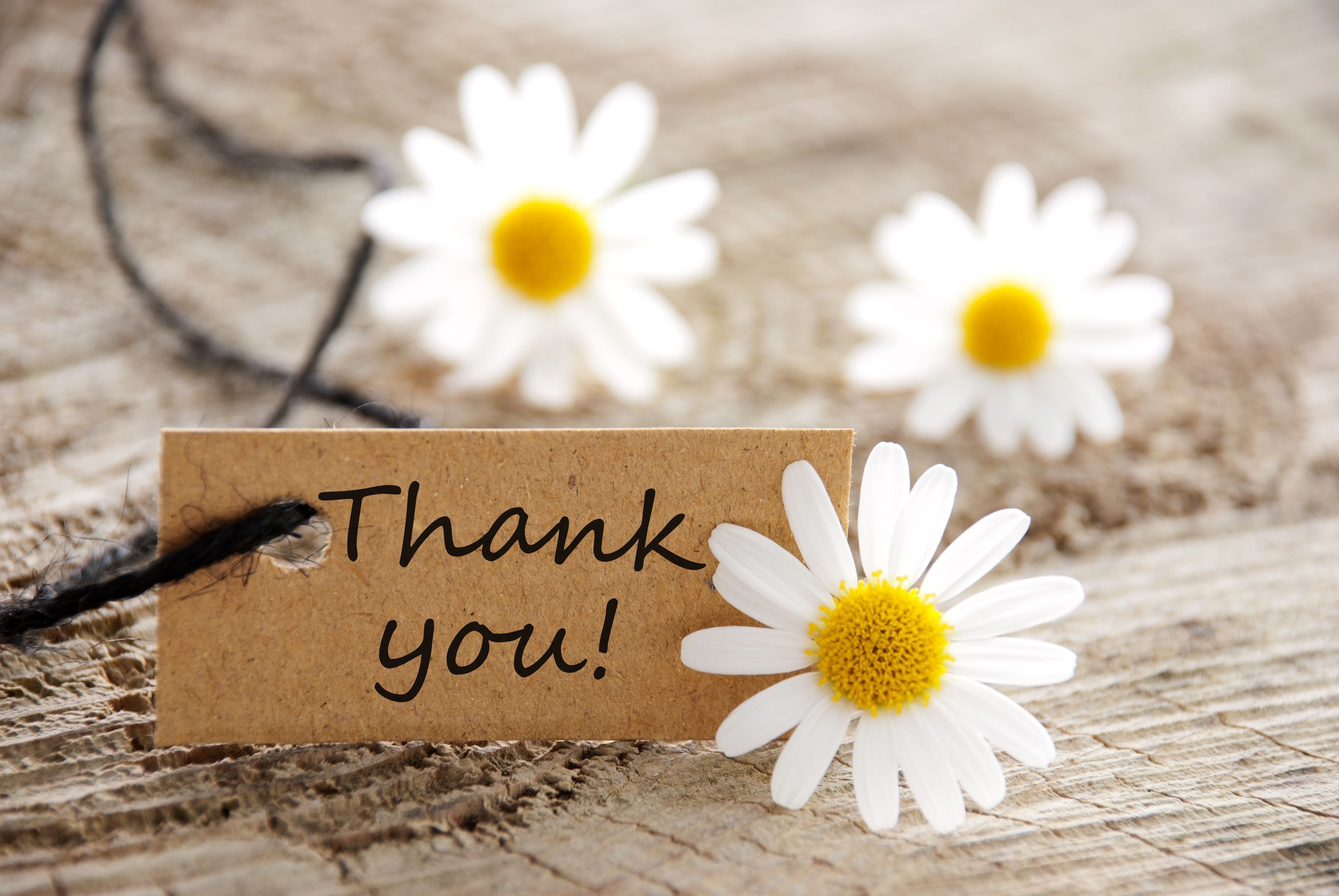Egypt
Chamomile Essential Oil
There are several types of chamomile essential oil. German Chamomile is an excellent variety and its beautiful deep dark blue color, due to its high azulene content, comes as a bonus. Another excellent variety, Roman chamomile, is particularly good for the treatment of nervous conditions and insomnia. Beware though of chamomile Maroc (Ormenis multicaulis) which is not a true chamomile and cannot be used as such.
Generalities
Chamomile is that wonderful yellow daily-like flower that is used for everything: cosmetics, fragrance, oil, herbal baths, soothing tea. The root is used for toothache and the entire plant in herbal therapeutics. The whole plant is used from root to flower. The essence is obtained by steam distillation of the flowers. Chamomile smells sweet, resembling fresh golden apples, and this fruity scent has given it the name of Manzanilla in Spanish-speaking countries.
The Egyptians had a great reverence for Chamomile and used it in massage oils to remove aches and pains. Sports-minded people will like using the flowers in a bath for relaxation and to ease aching muscles. This plant was one of the favored strewing herbs of the Middle Ages, to sweeten the air of a room and create a relaxing atmosphere.
The scent is rejuvenative and especially helpful to those of a sensitive nature. Inhaling the herby, aromatic, slightly bitter but always refreshing scent of Chamomile will ease your depression, soothe your irritable nature, lull you into a restful sleep and calm you. Use the oil straight or use it in combinations to relax and soothe a busy household after a trying day.
A busy person might like dabbing a drop or two of Chamomile oil on the forearm, to inhale occasionally during the day , for relaxation and to allay temper. Remember that oil of Chamomile is recommended for use in the diffusor, in a child’s room, for the anesthetic, for the calm that will come, for sweet sleep.
German Chamomile
German chamomile has been highly esteemed for over 3,000 years and has been used for many types of skin conditions and stress related complaints.
- Application:
Diffuse, add to food or water as a dietary supplement, or apply topically on location. Among the gentlest oils used in aromatherapy, the chamomiles are suitable for use on children.
- Fragrant Influence:
Dispels anger, stabilizes emotions, and helps release emotions linked to the past. It may also be used to soothe and clear the mind.
- Safety Data:
If pregnant or under a doctor’s care, consult your physician.
German chamomile is a cleanser of the blood, helps increase liver function and secretion, and supports the pancreas. German chamomile promotes the regeneration of skin and can be used for abscesses, burns, rashes, cuts, dermatitis, teething pains, acne, eczema, chronic gastritis, infected nails, cystitis, inflamed joints, menopausal problems, sores, skin disorders, stress related complaints, toothaches, ulcers and wounds.
Roman Chamomile
Roman chamomile is used extensively in Europe for the skin. For centuries, mothers have used Roman chamomile to calm crying children, ease earaches, reduce fevers, soothe stomachaches and indigestion, and relieve toothaches and teething pain.
- Application:
Diffuse or apply topically on bottom of feet, ankles, wrists or on location. Add to food or soy / rice milk as a dietary supplement. Among the gentlest oils used in aromatherapy. All of the chamomiles are suitable for use on children.
- Fragrant Influence:
Because it is calming and relaxing, it can combat depression, insomnia, and stress. It minimizes anxiety, irritability, and nervousness. It may also dispel anger, stabilize the emotions, and help to release emotions that are linked to the past.
- Safety Data:
If pregnant or under a doctor’s care, consult your physician. Test for skin sensitivity.
Roman chamomile neutralizes allergies and increases the ability of the skin to regenerate. It may help calm and relieve restlessness and tension. Its anti-infectious properties benefit cuts, scrapes, and bruises It is a cleanser of the blood and also helps the liver discharge poisons.
This oil may help with allergies, bruises, cuts, depression, insomnia, muscle tension, nerves (calming and promoting nerve health), restless legs, and skin conditions, such as acne, dermatitis, eczema, rashes, and sensitive skin. It can effectively minimize irritability and nervousness in hyperactive children.
Collected from various sources
The Origins of Aromatherapy

The origin and elements of Aromatherapy can be traced back to nearly 3000 years before Christ, when the earlier Egyptians used the elements of Aromatherapy in their daily lives. Documented records show that Egyptians burned incense made from aromatic woods and additional herbs to honor their gods.
Also imperial harems and guest houses used many aromatic oils very profusely to satisfy numerous important guests. Aromatherapy has its roots in the most ancient healing and therapeutic practices. Healing plants are used to cure many ailments and used in many sacred rituals to evoke separate states of consciousness.
Elaborate religious ceremonies were performed in Egyptian temples, where the dead King was mummified and surrounded with exotic necessary oils. Egyptians believed very firmly that essential oils have an unusual preserving property when added with other spices.
Embalming was one of the principal uses of aromatherapy, preserving the fabric of the bodies for thousands of years. The oils and resins used were so powerful, that in the 17th century mummies were sold in Europe and doctors distilled them for use in their medicines.
Aromatherapy truly emerged from the smoky temples of Egypt 6,000 years ago. Egypt was the motherland of medicine, pharmaceutics, cosmetics and perfumery. Trading was flourishing and traders arrived for trade from all over the world by land and sea to deliver flowers, herbs and plants. Priestesses and priests strictly supervised the delicate preparations in the temples and palaces, reading formulas and chanting incantations and hymns, as substances were measured and combined with ultimate precision.
Purification processes went on for months until the right, perfect subtle blend was achieved.
The Babylonians went so far as to perfume the mortar with which they built their temples – an art they handed down to the Arabs who built their mosques in the same aromatic way. In India the early temples were built entirely of sandalwood, ensuring an aromatic atmosphere at all times.
The use of aromatherapy spread from Egypt to Israel, China, India and the Mediterranean. Every culture, from the most backward to the most up to date, developed their own set of practices. Greek physicians and military surgeons were employed by the Romans every where in the empire. After the fall of the Roman Empire, the science spread to the Arab countries, where medicine men devoted them to the bygone art of alchemy, perfecting the art of distillation and extraction.
Hippocrates, the farther of medicine, said that “the way to health is to have an aromatic bath and scented massage every day.” As far back as the fourth century BC, he recognized that burning certain aromatic substances offered protection against contagious diseases.
For many centuries essential oils were the only remedies for widespread diseases and conditions. During the dreaded Black Plague, very few became ill, who in fact were associated with perfumeries and glove industries where these oils were in profuse use. During the 19th century, with the development of modern science, all forms of herbal medicine disappeared until the 1920s, when French chemist Gatefosse revived the art, giving it the name Aromatherapy.
India was one of the few countries where the custom was never lost, Avurveda being the most ancient medical practice in the world today. Aromatherapy is now used in hospitals, offices, clinics and homes all over the world. Aromatherapy acts as a span between the new and old, most of the industries use these oils for various blends and concoctions, which contribute cure and relief for a number of complications.
Sources:
- The Complete Book of Essential Oils and Aromatherapy
- Incense Warehouse




